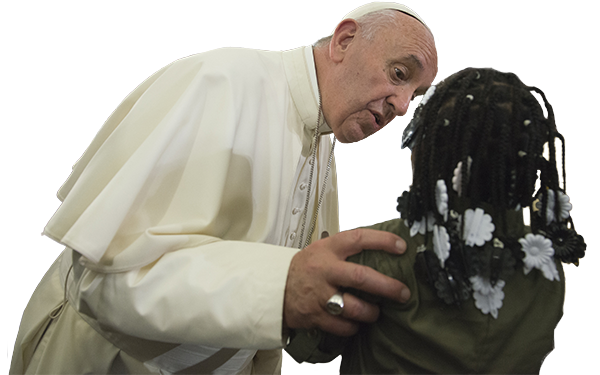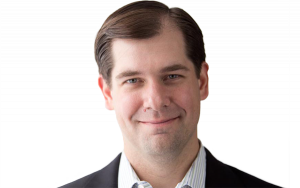Pope Francis’s U.S tour included a quiet stop at Harlem’s 120-year old Our Lady Queen of Angels School, a K-8 serving low-income, Hispanic boys and girls. It’s one of six schools managed by the new nonprofit Partnership Schools, one of the most interesting and potentially important new organizations in urban education.
Partnership is in the growing but little-known field of what we call “private-school management organizations” (PSMOs). In a forthcoming report, we discuss how PSMOs, essentially organizations running several private schools, have adopted a school-network model to help create sustainable, high-quality private school seats for low-income kids.
For nearly 20 years, this approach has succeeded in the charter school sector. Non-profit charter management organizations (CMOs) like the highly successful KIPP, Aspire, and Uncommon Schools networks, and for-profit education management organizations (EMOs) like National Heritage Academies, Edison Learning, and Imagine Schools, Inc., have propelled much of the growth of chartering in recent years. Today, CMOs and EMOs operate one in three charters nationwide.
In the charter world, network central offices are generally responsible for budgeting, procurement, legal compliance, test administration, human resources, and similar operational and financial matters. This frees school leaders to focus on teaching and learning. It also helps successful networks grow to serve more kids.
The network approach has only recently made its way into urban private schooling, so very little is known about PSMOs. There’s virtually no research on the kinds of organizations that exist, how they compare to one another, or what will be required to help them succeed.
We set out to answer such questions. We studied networks collectively operating 134 schools and serving 42,000 students. We found, interestingly, that PSMOs seem to fall into three categories.
The first we call “Redemptive.” These networks operate existing schools (typically faith-based, often Catholic) and prioritize financial sustainability. In other words, they aim to increase enrollment and improve performance so their schools don’t close like thousands of previous urban private schools. Redemptive PSMOs also tend to be academically decentralized, meaning they respect the historical autonomy of the schools they’re bringing together. Examples include Partnership Schools, Faith in the Future and Independence Mission Schools in Philadelphia, Catholic Partnership Schools in Camden, Jubilee Schools in Memphis, and Drexel Schools in San Jose.
We call the second type “Expansion.” They’re very similar to CMOs in the charter sector. They start and run new schools, and they’re eager to grow so they can serve more kids. Often they have no religious connection. To maximize efficiencies, they’re typically very centralized. Importantly, many of these networks rely heavily on publicly funded school-choice programs. So we’re finding these networks in the states with vouchers or tax credits. Examples include LUMIN and HOPE Christian Schools in Wisconsin, Thales Academy in North Carolina, The Oaks Academy in Indianapolis, and Blyth-Templeton Academy in Washington, DC.
The third we call “Hybrid.” These networks share some characteristics with Redemptive and Expansion PSMOs, but they also have innovative elements. For example, the national Cristo Rey Network of high schools blends central services with site-based autonomy and runs a fascinating work-study program. The small, nimble Denver Street Schools serve very high-need students, like homeless and youth who have gone through the juvenile justice system. Notre Dame ACE Academies are establishing a national footprint but their schools partner closely with their local dioceses. Hybrids demonstrate one of the key benefits of operating in the private-schools sector: Freedom from countless rules enables educators to innovate to better serve kids.
Our research convinced us that the emerging field of PSMOs deserves much more attention. Done well, such networks could help save invaluable, longstanding faith-based urban schools, create a diverse supply of new, high-quality schools, and continuously foster creative approaches to schooling.
We are still in the very earliest days of the PSMOs. Together, they make up less than 1 percent of the nation’s private school enrollment, which in turn makes up just 9 percent of the school-aged U.S. population.
But, remember, it wasn’t long ago that there were no high-performing, high-poverty charter networks. Now, they serve hundreds of thousands of disadvantaged boys and girls.
Key your eye on PSMOs. And look for our report, which should be out in October.
Photo by Getty Images: Pope Francis greets people at Our Lady Queen of Angels School Sept. 25 in the East Harlem neighborhood of New York City.
Get stories like these delivered straight to your inbox. Sign up for The 74 Newsletter


;)
